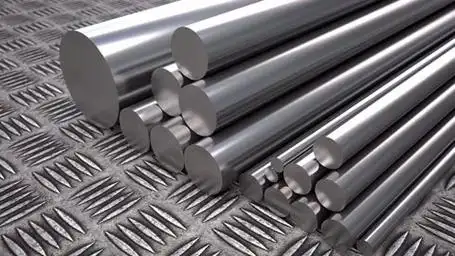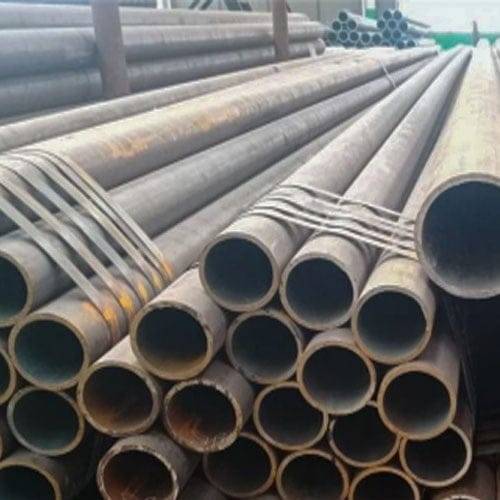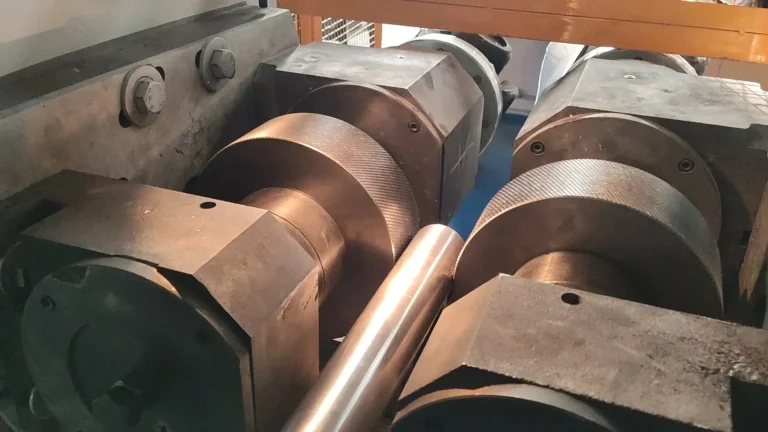Welcome to My Blog!
Before we dive into the content, I’d love for you to join me on my social media platforms where I share more insights, engage with the community, and post updates. Here’s how you can connect with me:
Facebook:https://www.facebook.com/profile.php?id=61559060896490
Now, let’s get started on our journey together. I hope you find the content here insightful, engaging, and valuable.
Introduction
Stainless steel 304 is a popular material choice, often found in household items, construction projects, and industrial components. It is known for its excellent corrosion resistance, aesthetic appeal, and relatively easy fabrication. This guide covers everything you need to know about 304 stainless steel, from its composition and properties to where it is most commonly used.

What is 304 Stainless Steel?
Stainless steel 304 is an austenitic steel alloy that contains a high percentage of chromium and nickel. These elements give 304 stainless steel its superior corrosion resistance, particularly in environments exposed to moisture. Known for its versatility and strength, 304 stainless steel is also relatively cost-effective, making it the most commonly used type of stainless steel globally.
Chemical Composition of 304 Stainless Steel
Understanding the chemical composition of Stainless steel 304 helps explain why it’s such a versatile material. Below is a breakdown of its main components:
| Element | Percentage (%) | Purpose |
|---|---|---|
| Chromium | 18.0 – 20.0 | Increases corrosion resistance |
| Nickel | 8.0 – 10.5 | Enhances strength and ductility |
| Carbon | ≤ 0.08 | Low carbon content for weldability |
| Manganese | ≤ 2.0 | Adds strength |
| Silicon | ≤ 1.0 | Improves strength |
| Phosphorus | ≤ 0.045 | Enhances machinability |
| Sulfur | ≤ 0.03 | Enhances machinability in small amounts |
This combination of elements ensures that Stainless steel 304 is both strong and resistant to corrosion, making it ideal for a range of environments and uses.
Properties of 304 Stainless Steel
Stainless steel 304 is known for a wide range of properties that make it suitable for various applications. Some of its key properties include:
- Corrosion Resistance: Its high chromium and nickel content make it resistant to rust, especially in wet environments.
- Heat Resistance: It can withstand temperatures up to 870°C (1,600°F) without losing its structural integrity.
- Ductility: Due to its austenitic structure, 304 stainless steel is highly ductile, allowing it to be stretched or shaped without breaking.
- Strength: 304 stainless steel has excellent tensile strength, allowing it to withstand high levels of stress.
- Non-Magnetic: In its annealed state, 304 stainless steel is non-magnetic, though it can become slightly magnetic after cold working.
Different Types of 304 Stainless Steel
Stainless steel 304 comes in several variations, each tailored to specific applications:
| Type | Characteristics | Common Applications |
|---|---|---|
| 304 | Standard grade, versatile | Kitchenware, sinks, storage tanks |
| 304L | Lower carbon content for improved weldability | Chemical storage, pressure vessels |
| 304H | Higher carbon content for improved high-temp performance | Boilers, industrial equipment |
These variations ensure that 304 stainless steel can be tailored to meet the specific demands of various industries and applications.
Common Applications of 304 Stainless Steel
The versatility and durability of Stainless steel 304 have made it a top choice for numerous applications:
- Kitchen Appliances: 304 stainless steel’s corrosion resistance and aesthetic appeal make it perfect for items like sinks, pots, pans, and cutlery.
- Food and Beverage Industry: Used extensively in food processing equipment and beverage storage due to its resistance to rust and ease of cleaning.
- Chemical Containers: Stainless steel 304 is resistant to most acids, making it ideal for chemical storage tanks.
- Architectural Structures: Often used in construction due to its strength and resistance to corrosion from environmental factors.
- Medical Instruments: Its durability, resistance to corrosion, and easy sterilization make it suitable for surgical tools and hospital equipment.
Comparison with Other Stainless Steels
304 stainless steel is often compared with other types of stainless steel, especially 316 and 430, due to their similar applications and properties. The table below provides a quick comparison:
| Stainless Steel Type | Main Composition | Key Differences | Typical Applications |
|---|---|---|---|
| 304 | 18% Chromium, 8% Nickel | High corrosion resistance, cost-effective | General-purpose, kitchenware, architecture |
| 316 | 16% Chromium, 10% Nickel, 2% Molybdenum | Enhanced resistance to chlorides and salts | Marine equipment, chemical industries |
| 430 | 17% Chromium, no Nickel | More affordable, less corrosion resistance | Decorative applications, appliances |
While 304 is versatile and popular, 316 offers higher corrosion resistance for saltwater environments, and 430 is cost-effective but best suited for less demanding environments.
Maintenance Tips for 304 Stainless Steel
Maintaining Stainless steel 304 ensures its longevity and maintains its aesthetic appeal. Here are some best practices:
Regular Cleaning: Wipe down with mild soap and water to prevent surface dirt buildup.
Avoid Harsh Chemicals: Use only non-abrasive, pH-neutral cleaners to avoid damaging the surface.
Polishing: For surfaces that require shine, use a stainless steel polish.
Protection Against Scratches: Avoid using sharp or hard tools directly on 304 stainless steel surfaces.
Inspection: Regularly inspect for any signs of corrosion or damage, particularly in high-chloride environments.
Conclusion
Stainless steel 304 is a foundational material in multiple industries due to its high strength, excellent corrosion resistance, and ease of fabrication. This comprehensive guide has covered the key characteristics, applications, and maintenance tips for stainless steel 304, providing you with a complete understanding of its properties and uses. Whether in household items, medical equipment, or industrial machinery, 304 stainless steel continues to be a material of choice for countless applications.

FAQ
What is 304 stainless steel primarily used for?
A1: 304 stainless steel is commonly used in kitchenware, food processing equipment, chemical storage, and construction materials due to its high corrosion resistance and durability.
Can stainless steel 304 rust?
A2: While 304 stainless steel is highly resistant to corrosion, it can rust under extreme conditions, especially when exposed to chlorides or salty environments.
What is the difference between 304 and 316 stainless steel?
A3: The primary difference is the addition of molybdenum in 316, which increases its resistance to corrosion in saltwater environments.
Is 304 stainless steel magnetic?
A4: In its annealed state, 304 stainless steel is non-magnetic. However, it can become slightly magnetic when cold-worked.
How does 304L differ from 304 stainless steel?
A5: 304L has a lower carbon content than standard 304, making it more suitable for welding applications without compromising corrosion resistance.
This guide on What is 304 Stainless Steel? A Complete Guide aims to equip you with valuable insights into this popular material, helping you understand why it remains a trusted choice in diverse industries.




